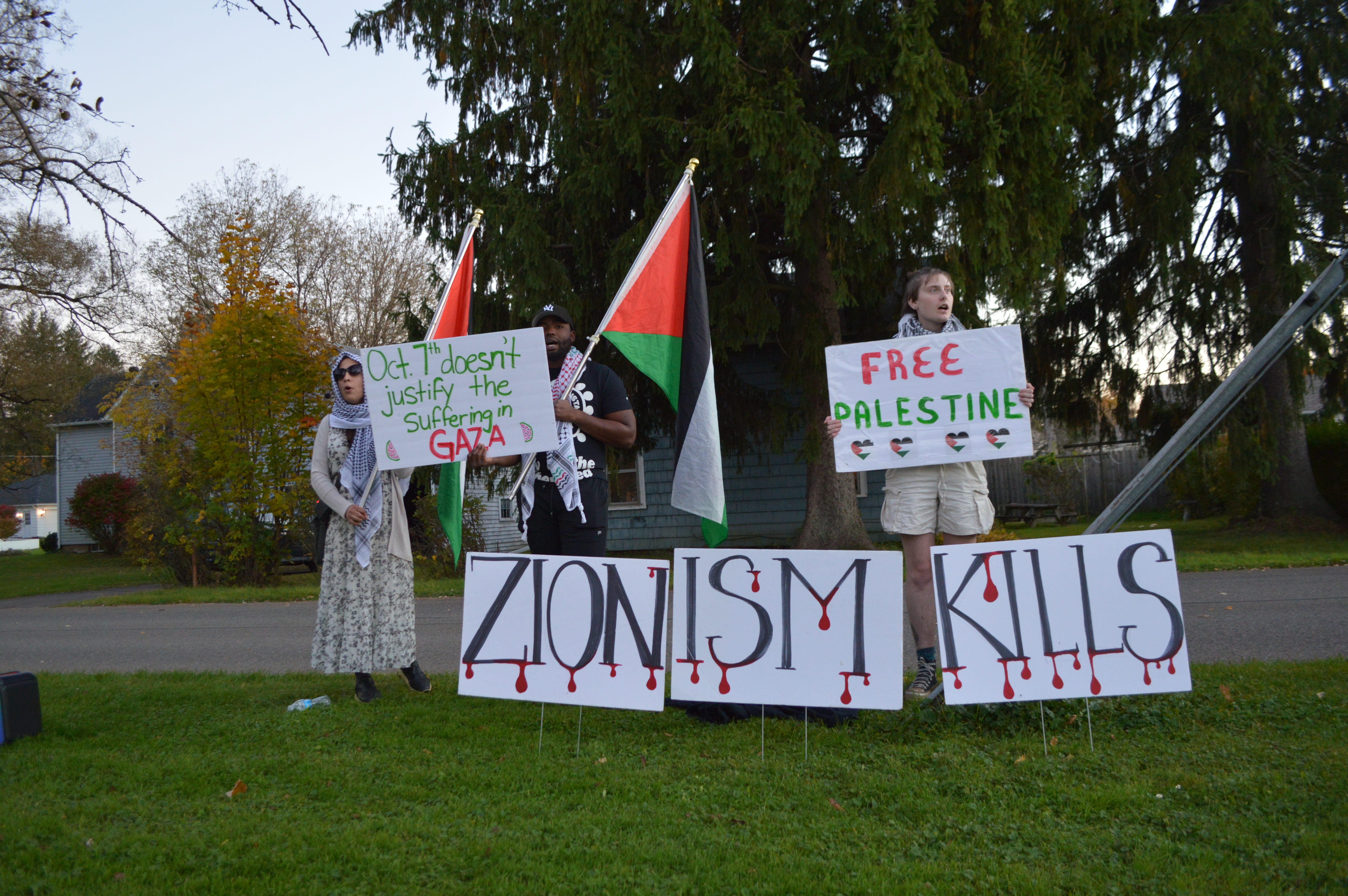By Heather Monahan
Assistant Features Editor
Anonymous students at Ohio State University (OSU) have decided to face the problem of bullying in a bizarre and risky way.
The Lantern, OSU’s newspaper, reported an anonymous student or group of students set up Twitter and Tumblr accounts in May to expose the hate present on the OSU campus. The Twitter account, @OSU_Haters, retweets various racist tweets from Ohio State students. Screen caps of the tweets are also posted on the Haters’ Tumblr, so even if the tweet is deleted, there is still evidence of it.
The blog and the Twitter account were set up for the sole purpose of raising awareness of the hatred on campus in an effort to stop it. While they’re doing what they promised to, it’s a question of whether or not they’re going about this the right way.
“I truly applaud you for taking action against xenophobia at The Ohio State University,” said one anonymous visitor to the Tumblr page earlier this week. “However, If you truly believe that Ohio State isn’t a place for hatred, then isn’t exposing these ‘haters’ and rousing up others to attack them just stooping to their level?”
This is the main problem. As the creators of the site stated in an answer to the anonymous question, if it weren’t for the sites they created, no one would be aware of the hatred on campus. These sites have sparked discussions and caused organizations to confront these problems.
While I was first perplexed by these OSU Haters, I’ve grown to appreciate what they’re doing. Bullying is an issue people have tried to tackle for years, yet it’s still happening. A fresh approach could help. There’s no doubt this is an original way of dealing with bullying. In fact, fifty-six percent of students have felt they were victims to bullying at school, according to DoSomething.org.
Originally, I thought it was ridiculous and foolish to retweet the students’ racist comments. But what’s really foolish is the fact people said these things in the first place. We’re always warned that once something is on the internet, it is there forever. This is a solid example and will hopefully make people think before they tweet or post hurtful comments on their social media sites.
In the short time the two social media accounts have been running, they have received comments from blog users commending their work at stopping the hate at OSU. One user asked for permission to start a Haters blog for Penn State University, and a Haters blog for the University of Nebraska-Lincoln has also been established.
One of the most moving posts on the Tumblr page is a post made by a self-proclaimed former hater. In the user’s post he or she mentions all the effects a simple tweet had on his or her life.
“I found out my comments were not private, not secure, not a just way to vent, and not okay,” the user said.
This person realized his or her future could have been jeopardized by the racist comment he or she had made. But he or she also realized how hurtful the posts really were.
“We are one university and one country. Don’t let petty differences tear apart the exact thing that makes you great,” the former hater said.
With the success rate the Haters experienced at OSU, it raises the question of whether or not these blogs, or similar techniques, should be used at universities everywhere.
It’s no question OSU is much larger than St. Bonaventure. So would an SBU Haters page be as effective?
Personally, I haven’t witnessed bullying on campus to the point where it’s an actual problem. If it ever got to that point, I would highly advise options other than a Haters page.
Bonaventure prides itself on having a family atmosphere. Should tweets or other social media posts spread throughout campus via a Haters page, there’s no doubt in my mind it would hurt the community feeling.
monahahm10@bonaventure.edu.







